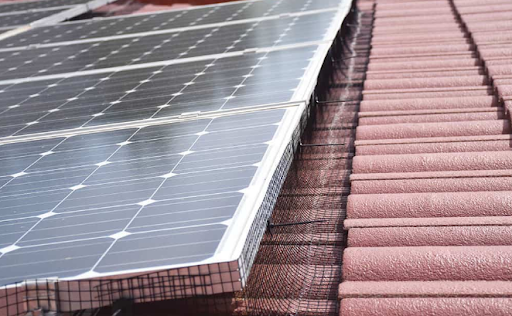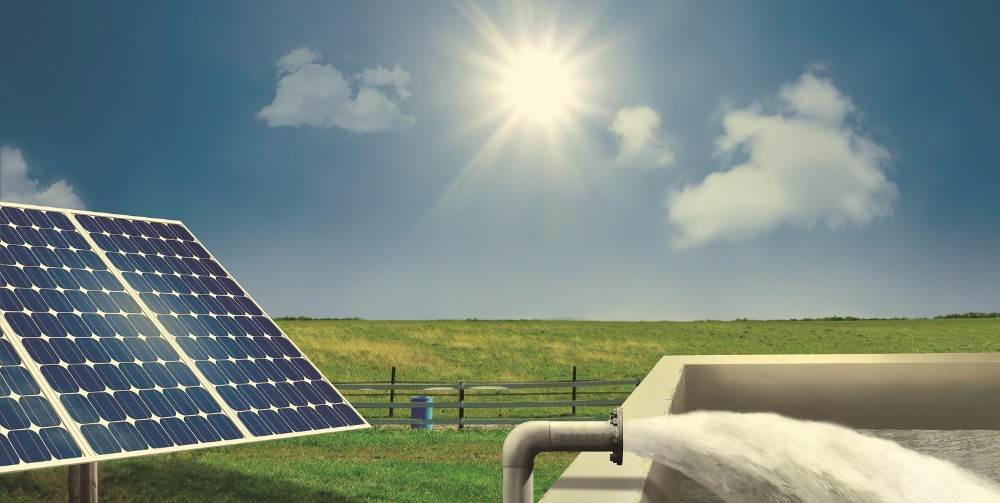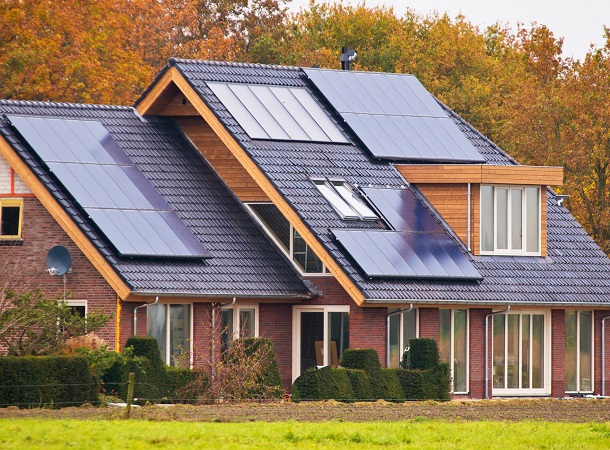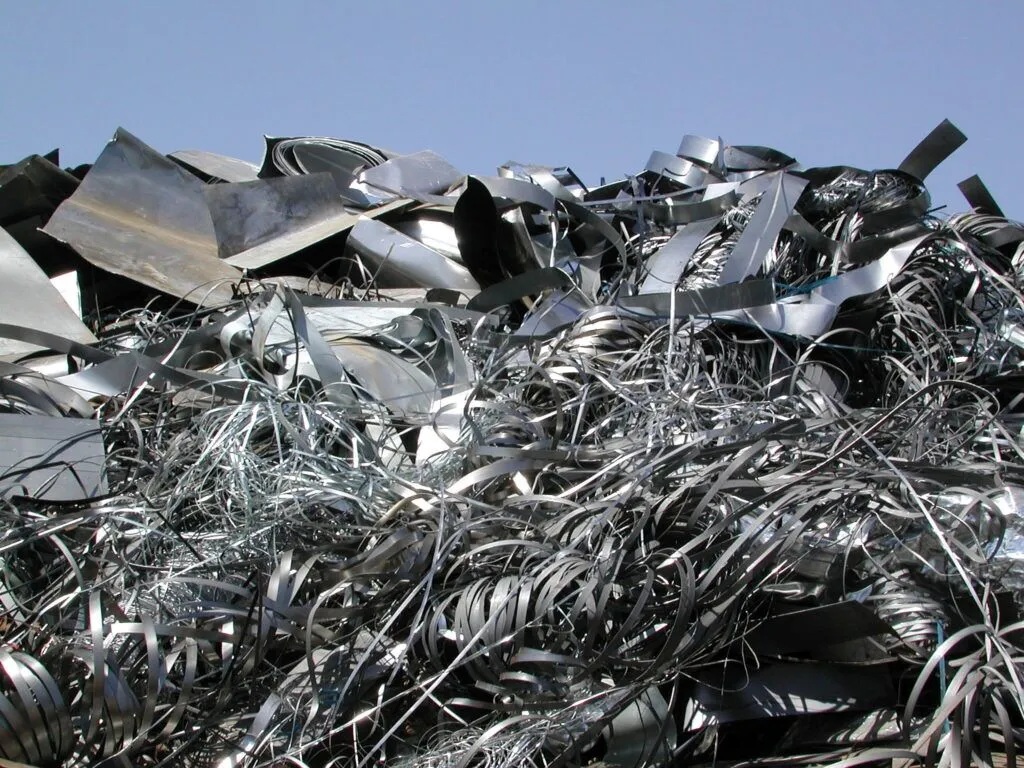
Solar energy is a monumental investment for any home, so you must subject your installed units to proper maintenance. That includes dealing with issues that many people aren’t aware that solar panels attract, namely birds. For that, your main option is bird netting in Melbourne.
For birds, solar panels don’t just offer a nice and shady hangout and rain shelter, but also space to build a nest. That seems rather sweet until you realize the damage to your expensive solar installments that they can do, or indeed the injury that birds could suffer by going near electrical equipment. Therefore, it is for everyone’s good that these feathered invaders be kept at bay.
4 Key Tips for Bird-Proof Netting
Keeping your roof bird-free is an important step in maintaining the health of your solar investment, which is why it’s crucial that you do it right. With that in mind, there are a few things that you need to keep in mind before taking any major steps.
1. Choose the Right Material
The main purpose of the netting is to keep birds from getting to the space underneath the solar panels. However, being outdoors, it’s not just birds that it must contend with. To deal with all sorts of environmental pressures, your netting must be constructed with heavy duty, corrosion-resistant, and lasting materials.
If your netting is constructed from subpar materials or not fitted properly, a little bit of wind and weathering is all it takes before it becomes loose enough for the birds to make their way through. Even if the weather is fine, a particularly persistent pigeon might still peck its way through weak mesh.
2. Don’t Underestimate Mesh Sizes
In urban and suburban settings, it’s mostly pigeons and crows that you have to worry about settling beneath your rooftop screens. While they can be kept away by netting with larger mesh sizes, smaller birds might still be able to get through. A few songbirds nesting on your roof might not worry you at first, but there are two things you need to consider.
Firstly, some songbirds make communal nests which can gradually become even bigger than those made by larger birds. On top of these unmanageable nests, there is still the issue of bird droppings. Smaller birds still produce great quantities of waste, which is why they too need to be kept away.
Secondly, smaller birds attract all kinds of predators like hawks and owls. So, where a group of sparrows gather, larger birds will follow them and potentially start settling as well. It’s best to keep this action away from your solar installation, for which your netting needs to be fine enough to prevent entry for birds of all sizes.
3. Some Additional Attachments
Netting on its own is undeniably helpful in keeping birds from getting into tight spaces, but keeping them away from your panels altogether might be needed depending on how many of them there are or how bold they can get.
Spikes are a common option as they prevent birds from getting a foothold needed to perch, but are not sharp enough to cause any serious injury. Audiovisual deterrents can also be considered, although noise machines might not be the way to go if your reason for bird-proof is to minimize commotion.
4. Avoid DIY-ing It
While installing anti-bird netting or any other feature to your home, you need to make sure that it lasts for a long and performs well. Even if you consider yourself to be quite the handyman, a skilled professional will be able to do the job better, safer, and in a cost-friendly manner as there will be less trial and error while fixing something against your solar panels.
Conclusion
Bird-proofing is a necessary step for many, but not the easiest task to accomplish for some. Fortunately, with these tips, reinforcing your precious solar units through bird-proof netting services in Melbourne will surely bring the best results.







